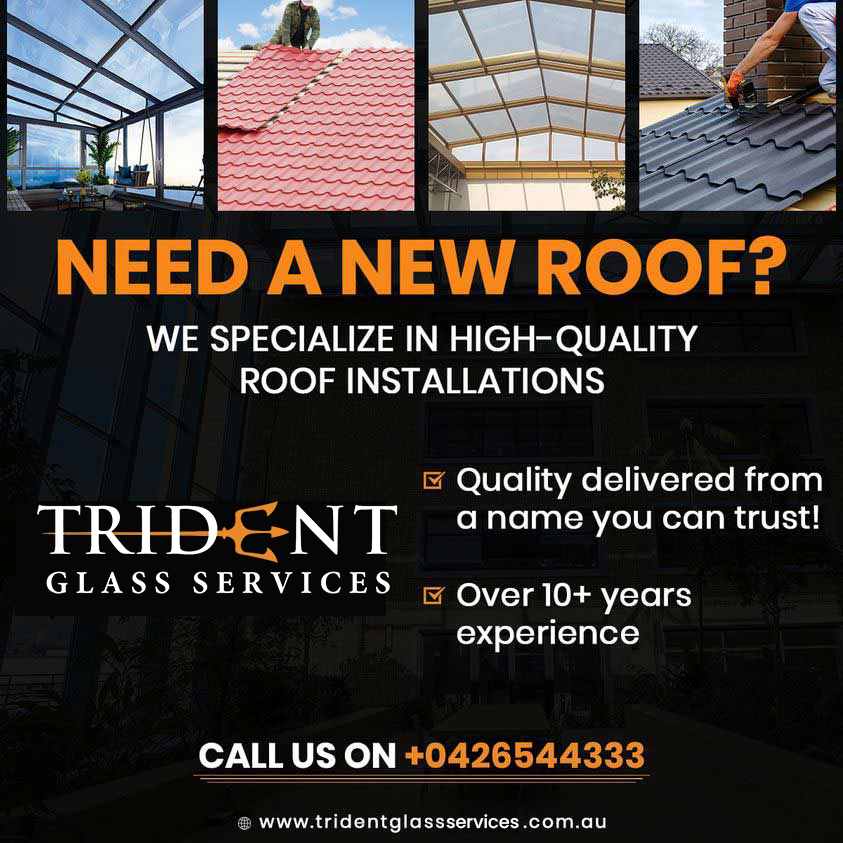Balustrades are more than just functional safety features. In Modern architecture, they’re an important design feature that connect levels and create openness within a space. Material selection is extremely important – especially with regard to safety and performance. One of the standout materials for both form and function is toughened glass.
Used in staircases, balconies, terraces, and decks within residential and commercial properties, toughened glass offers strength, clarity, and modern aesthetics in a variety of settings.
Here is a closer look at toughened glass and its role in both balustrade safety and design.
What Is Toughened Glass?
Toughened glass, also known as tempered glass, is a type of glass which is processed through controlled thermal or chemical processes to strengthen, making the toughened glass five times stronger than normal glass.
When it is broken, it shatters into small blunt pieces to reduce the chances of causing a serious injury.
Because of this safety and durability combination, toughened glass is the perfect product/solution for structural applications, like balustrades, where resistant to impact is non-negotiable.
Why Toughened Glass Is Ideal for Balustrades
1. Built for Safety
The main purpose of any balustrade is to prevent falls. Toughened glass meets Australian safety standards for use in barriers and railings, and its impact resistance is the right fit for walkways, upper-level balconies and other high risk, high-traffic areas like stairwells.
2. Strong without Bulky Weight
Unlike other materials like concrete or timber, toughened glass has strength without looking heavy or bulky. Toughened glass can usually be supported for load-bearing needs but doesn’t obstruct views or light. This is particularly good, when space is limited.
Structural transparency will help retain some visual openness between levels but particularly at external edges for items like balconies.
3. Low Maintenance and Longevity
Toughened glass is built to last; it is less likely to scratch, rot from moisture, and corrode compared to untreated glass. Toughened glass requires a minimal amount of maintenance (cleaning and care with reasonable cleaning solutions) to keep it clear and bright for many years into the future.
Toughened glass balustrades are also less likely to be affected by staining or warping, especially when compared to exterior wood or steel options, which are subject to any number of elements.
Design Flexibility in Glass Balustrades
Toughened glass can be customised to suit different architectural styles. Options include:
Frameless Balustrades: Clean and minimal, often fixed with stainless steel spigots or base shoes for an uninterrupted look.
Semi-Framed Systems: Combine glass with slim metal posts or handrails for added definition.
Tinted or Frosted Glass: Provides privacy or aesthetic contrast whilst still having light and openness with possible view.
Curved or Custom-Cut Panels: Made for uniquely layed out, or curved stairs.
They can be constructed as custom options for safety, whether for residential balconies or commercial atriums.
Uses for Buildings and Homes in Sydney
In Sydney, toughened glass balustrade applications include:
- Internal staircases in contemporary homes
- Outdoor decks and pool side balustrades
- Balconies on multi-storey apartments
- Entry foyers and mezzanines in office buildings
The benefits of toughened glass balustrades, such as safety, openness, and minimalist style, have made them a favourite in new builds as well as renovations and upgrades.
Stylish – and Safe, Installed by Professionals
Trident Glass Services, we install toughened glass balustrade sydney that have passed Australian safety standards and can enhance any spaces. Whether you’re specifying a protected solution for a high-rise balcony, or wanting a stylish glass wall down your staircase, we make sure we cut, treat and install each panel with meticulous detail. Read our guide to find out how safe glass balustrades really are. Let us help you with selecting the appropriate system frameless, semi-framed or fully-made in order to suit your design goals and safety requirements.










